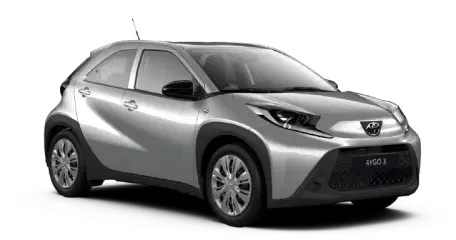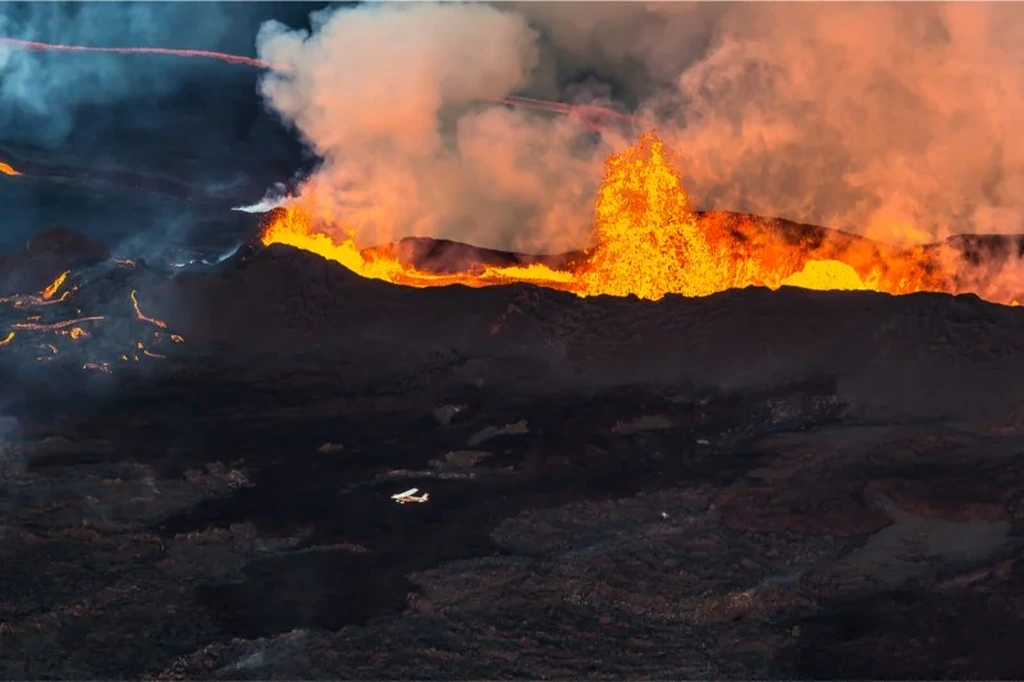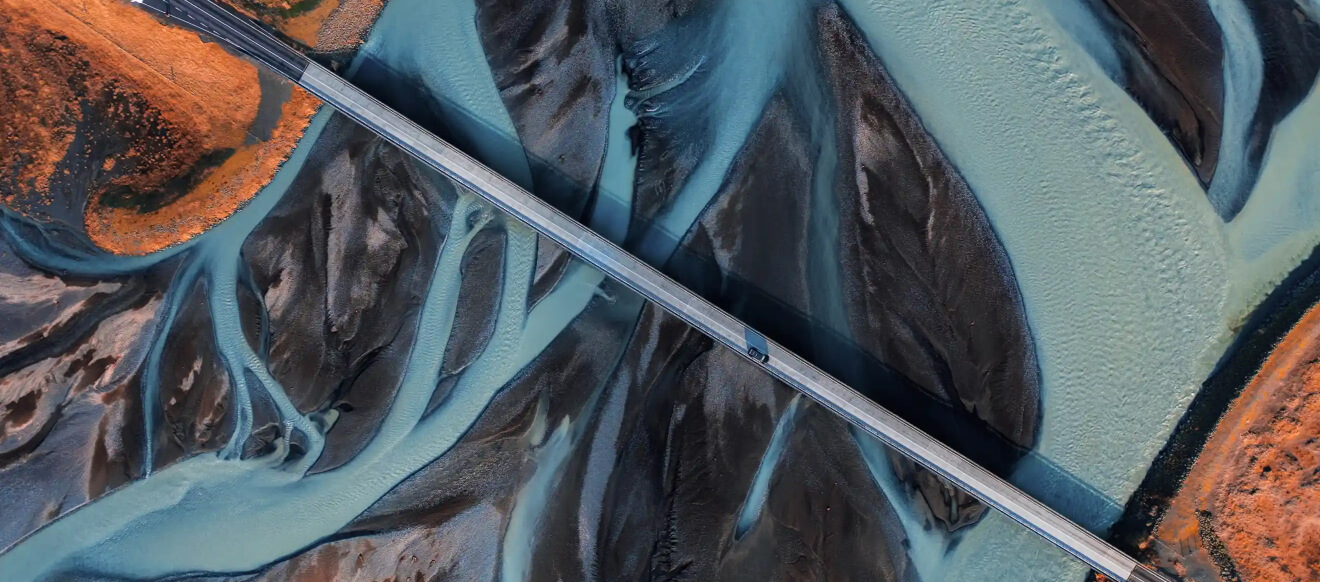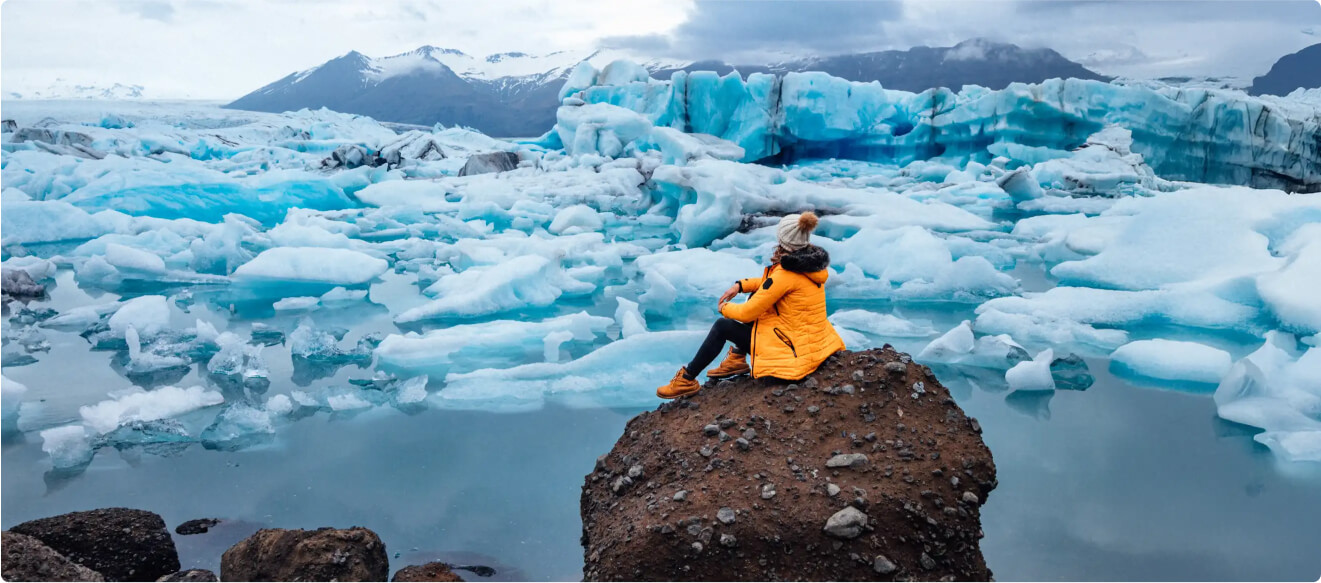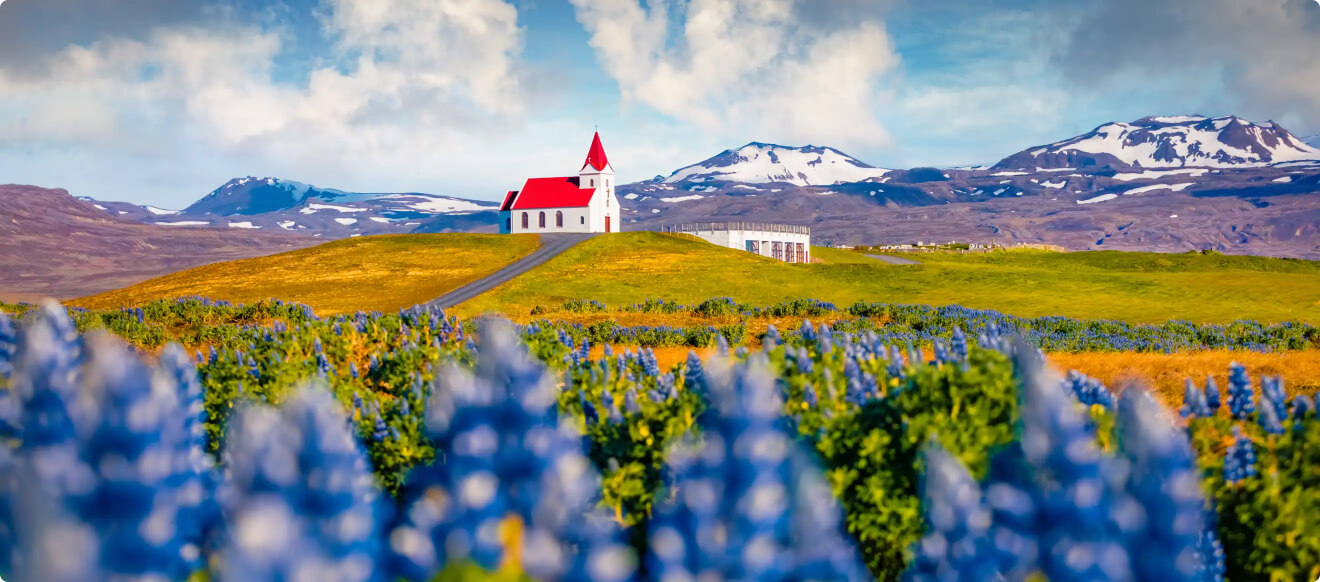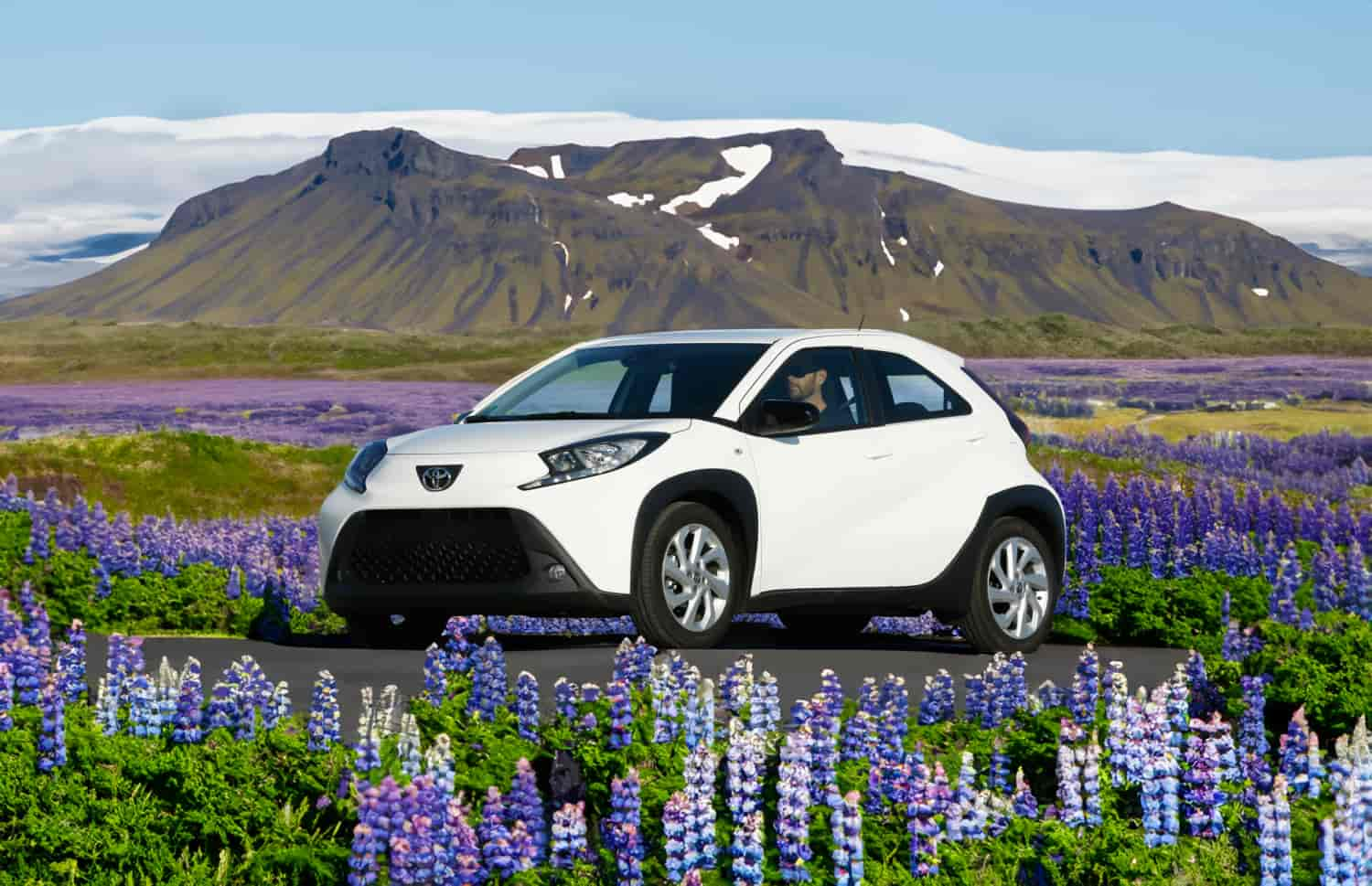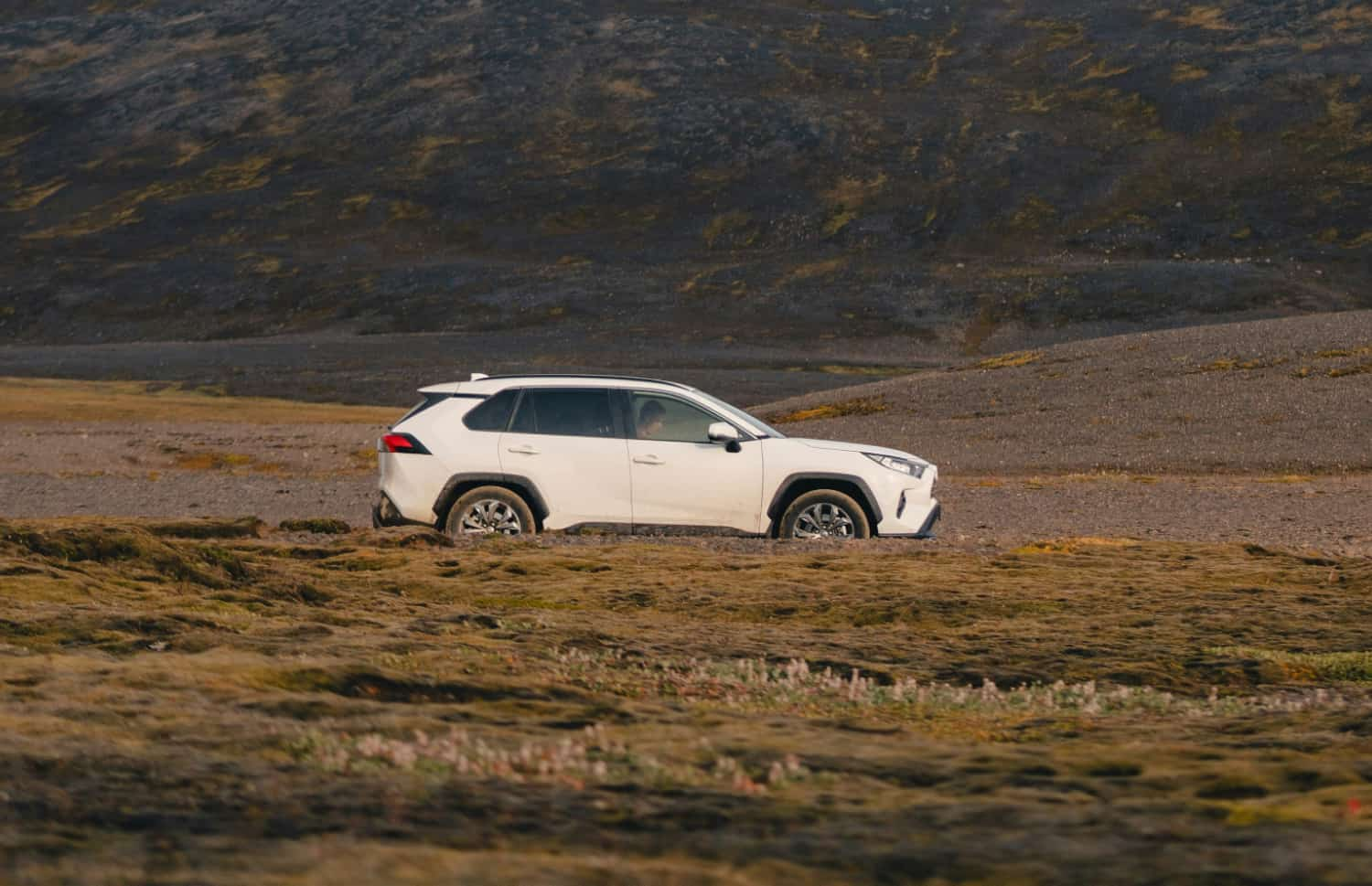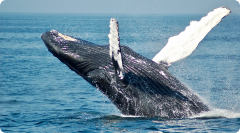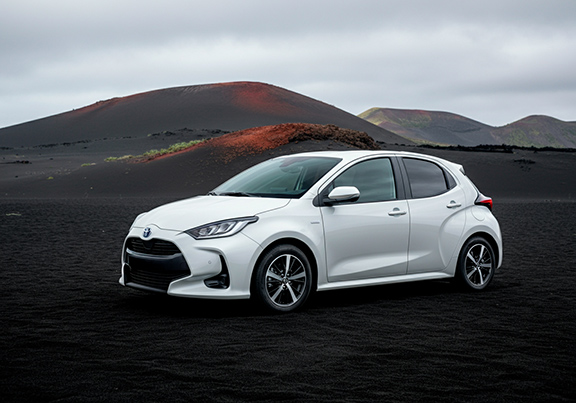There's nothing quite so terrifying as an Iceland volcano. These sleeping giants can lay dormant for decades or even centuries and then suddenly we feel their wrath. The island experienced one of its worst natural disasters when Laki volcano erupted in the 18th century. The Laki eruption devastated the island and changed the shape of both the landscape and the nation for decades to come. Let's learn more about this cataclysmic event that started in the summer of 1783.
Where is Laki volcano located?
Laki Iceland is a volcanic fissure and mountain located in the southern part of the island. It lies southwest of the region's national park in between Vatnajökull glacier and Mýrdalsjökull glacier. The area is also referred to as Lakagígar or Laki craters in English. While Laki is the name of the mountain, Lakagígar is the name of the volcanic fissure that bisects it. A fissure is a split or crack in the Earth's crust where lava from the planet’s mantle layer can escape to the surface.
Laki volcano information
The Laki fissure is part of the larger volcanic system that includes Grímsvötn. These types of openings are a hotbed of volcanic activity and can be found all over the country. In fact, fissure eruptions are quite common in Iceland as they are the dominant type of volcano here. Laki volcano is located smack-dab in the middle of one running southwest to northeast through the Highlands.
The Laki eruption: 1783 to 1784
The Laki eruption of 1783 lasted over an 8-month period from June 8th, 1783 to February 1784. Both the Laki fissure and Grímsvötn poured forth around 42 billion tons of basalt lava. They poisoned the air and soil with clouds of volcanic gases. The event has also been referred to as the Fires of the River Skaftá. It’s one of the most significant in Iceland’s young history.
During the explosive phase, the eruption spewed roughly 80 megatons of sulfurous acid into the air. Just to put things into perspective, that's four times the amount of the El Chinchón eruption and 80 times more than what was produced when Mount Saint Helens erupted. The extensive fissure stretches across an area of around 25 km (15.5 miles).
The terrifying lava flows destroyed around 20 villages, but for those who survived, the worst was yet to come. It's true that the lava flows and ash cloud were devastating in their own right, but the full, devastating effects of the eruption would not be felt until many months later.
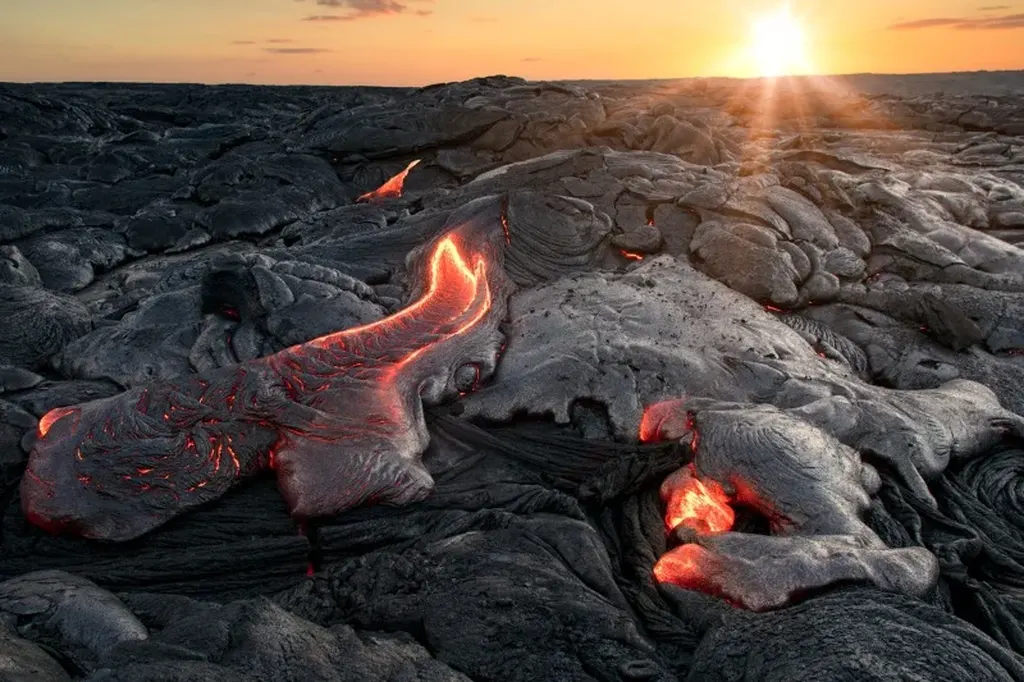
Effects of the eruption and aftermath
As Laki spent eight months sending toxic elements into the atmosphere, several things happened. The grass became contaminated with fluorine, which the animals then ate. This caused a significant loss of most of Iceland's livestock, which relied on grass as their food source. There was also acid rain which led to crop failure.
The human population was directly affected by these two events. Famine was widespread, and in the immediate wake of the volcanic event, the damage slowly started to become clear. Many people died due to disease and starvation as an indirect result of the Laki eruption.
The Laki volcano death toll is estimated to be around 25% of the population at the time. This was a huge setback for a country that had been settled less than a thousand years prior. Laki is synonymous with the awesome destructive power of other Iceland volcanoes like Eyjafjallajökull, which disrupted European airspace for a week in 2010.
The effects of this eruption in Iceland were also felt far beyond the country's shores. Temperatures dropped globally due to the 120 million tons of sulfur dioxide that entered the atmosphere in the earth's Northern Hemisphere. Haze from the eruption reached as far as Syria, and it supposedly blocked out the sun in France, which many say contributed to the French Revolution as people thought the world was ending.
It's also blamed for crop failures in Europe as well as possible droughts in India and North Africa.
Planning a Visit to the Laki Volcano
The Laki Iceland volcano 1783 eruptions were one of the world’s largest mixed eruptions in history. The craters they formed are large and impressive. Lava enveloped the Hverfisfljót river and began to follow its course, spilling over and filling parts of the countryside on both sides of the riverbank.
One interesting fact about Laki volcano is that it created a huge lava field with a total area of 565 km² (218 square miles). This, along with the 12 cubic kilometers (12.9 cubic miles) of volcanic matter, is massive.
Laki is home to famous Icelandic volcanic moss, so you should visit if only to see that. Along with the Eldhraun lava field, this is another place to see it.
Icelandic moss is a very unique plant. It thrives in places where the soil isn’t particularly nutrient-rich but there is a lot of precipitation. Somewhere like a volcanic lava field in a wet country like Iceland is perfect for this.
If you come to visit the Laki volcano, please be very careful where you step as the moss is fragile and very easily damaged. Something seemingly harmless like walking on it can kill it, and once this happens, it tends not to grow back, at least not in the same place.
This is why Icelanders and conservationists were upset when Justin Bieber came to Iceland and filmed himself rolling around in Icelandic moss. Thirty seconds of fun is not worth doing a hundred years' worth of damage, especially in a place that’s not even your home.
Please take care to only walk on marked walking paths while exploring the Laki craters.
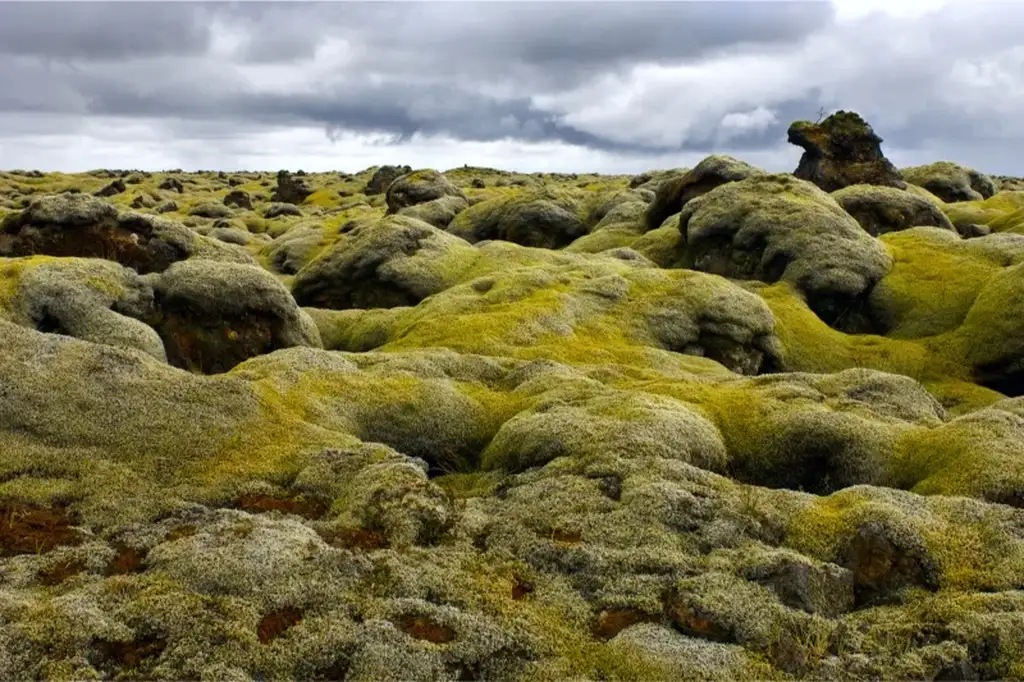
How to get there
You’ll need to take road F206. The road leading to the Laki craters is an F-road (mountain road) which affects a few things related to your Iceland car rental. First, you'll need to visit in the summer, as driving conditions on F-roads are too dangerous outside of peak summer season.
Second, you absolutely need to rent a 4x4 vehicle. F-roads are unpaved, gravel roads with lots of pebbles, stones, rocks, and potholes. They are difficult to drive on in places, and a 2WD car won’t suffice. You'll need a 4WD SUV, like a jeep, and may have to ford a river depending on your destination.
To get to Laki, leave the Ring Road by Hunkubakkar farm just south of Kirkjubæjarklaustur. It takes around two hours to navigate the 50 km (31-mile) drive.
Off-road driving is not allowed, so please only follow marked roads on your map. Other roads are not for public use, and it's illegal to stray from the main paths.
The visitor trail
One of the things you’ll want to do during your visit is the visitor trail. It tells the story of this catastrophic eruption and provides information about the surrounding area. The trail is around 500 meters (less than half a mile) long and includes a walk through one of the craters.
Pick up a leaflet guide at the start of the trail where the information signs are. There are numbered posts on the trail that correspond to information in the leaflet.
Laki volcano: Iceland's Terrifying Eruptions
Thankfully, this powerful Iceland volcano is safe to visit and walk around. Be sure to stop by so you can experience Mother Nature’s awesome power. We are thankful that we have the technology today to monitor and anticipate these types of deadly explosions.
The people who lived in Iceland 200 years ago were not as lucky and must have been terrified. But now we can enjoy this wonder of nature knowing we’re safe.
If you come in the winter and can't make it to the Highlands, know that you can experience the power and beauty of Iceland's active volcanoes near Reykjavík as well.





